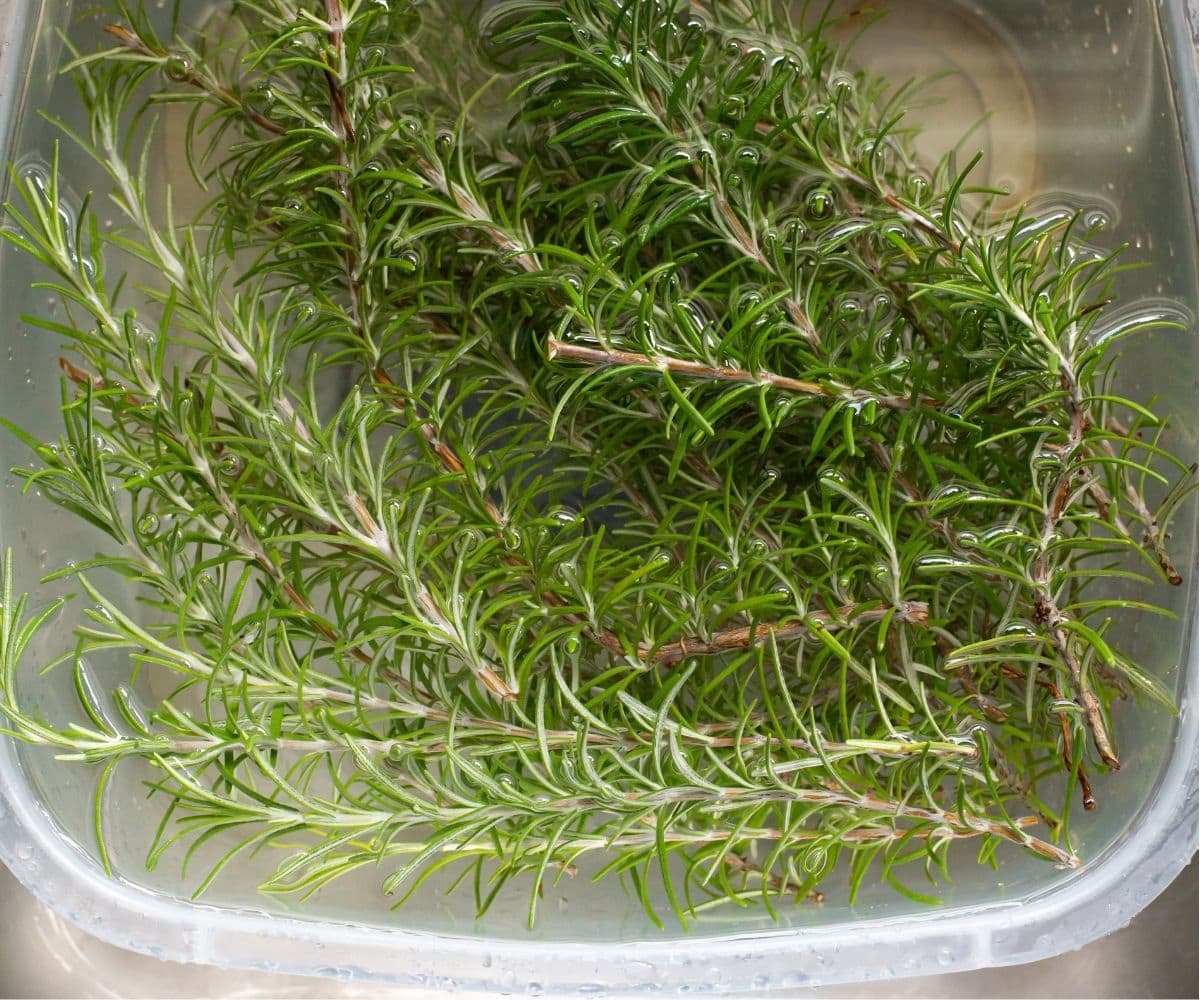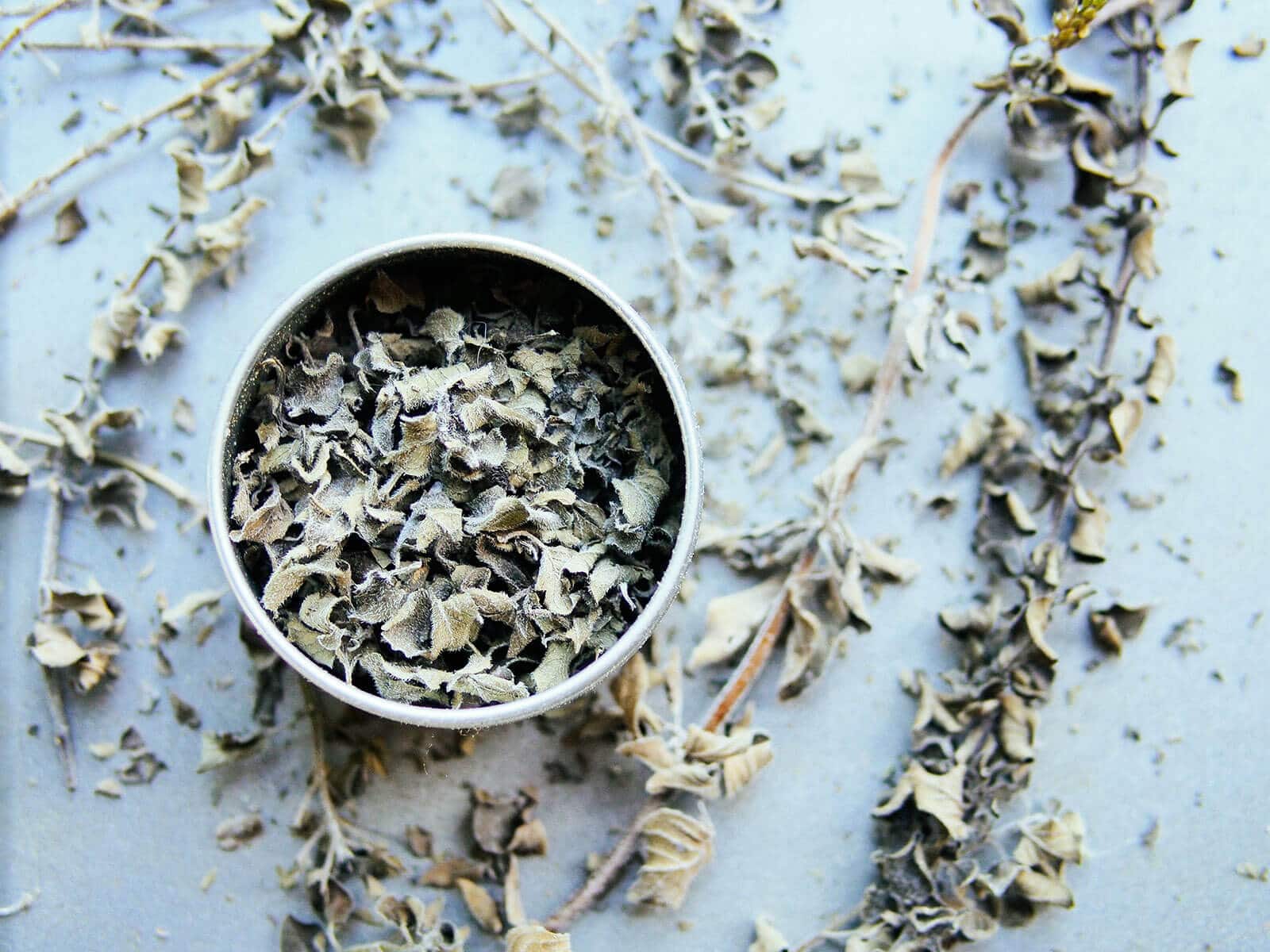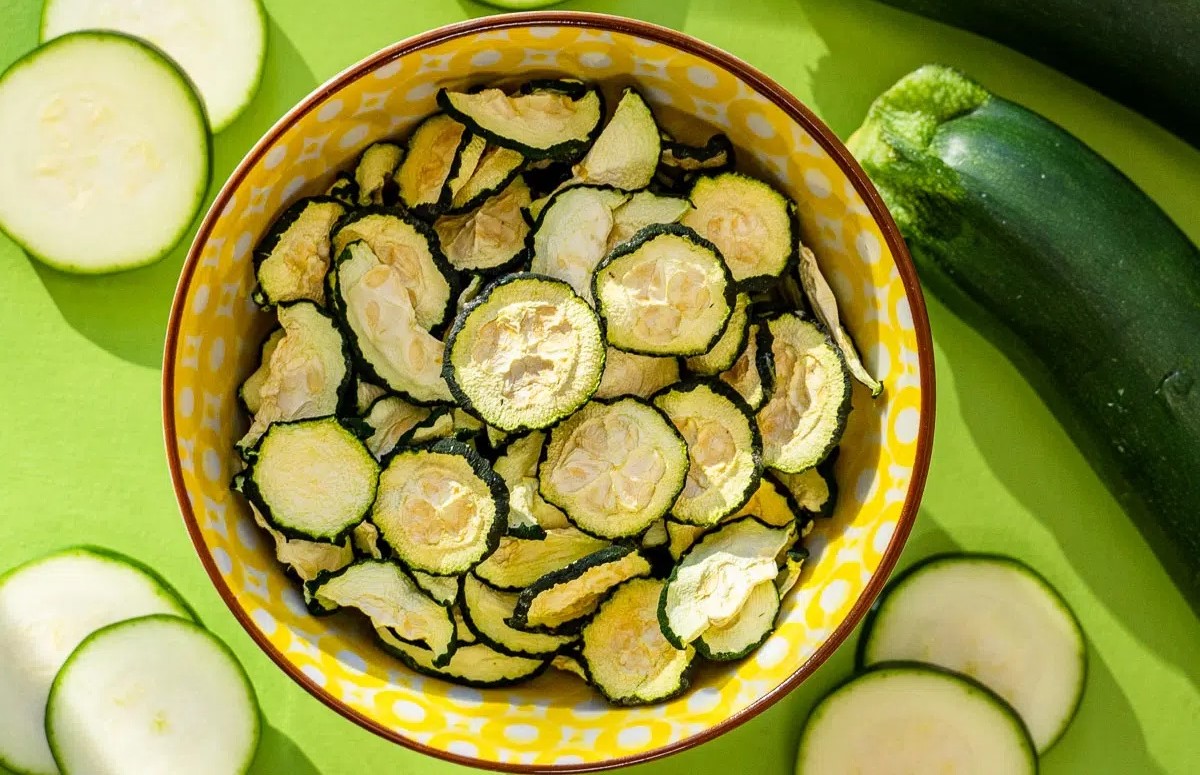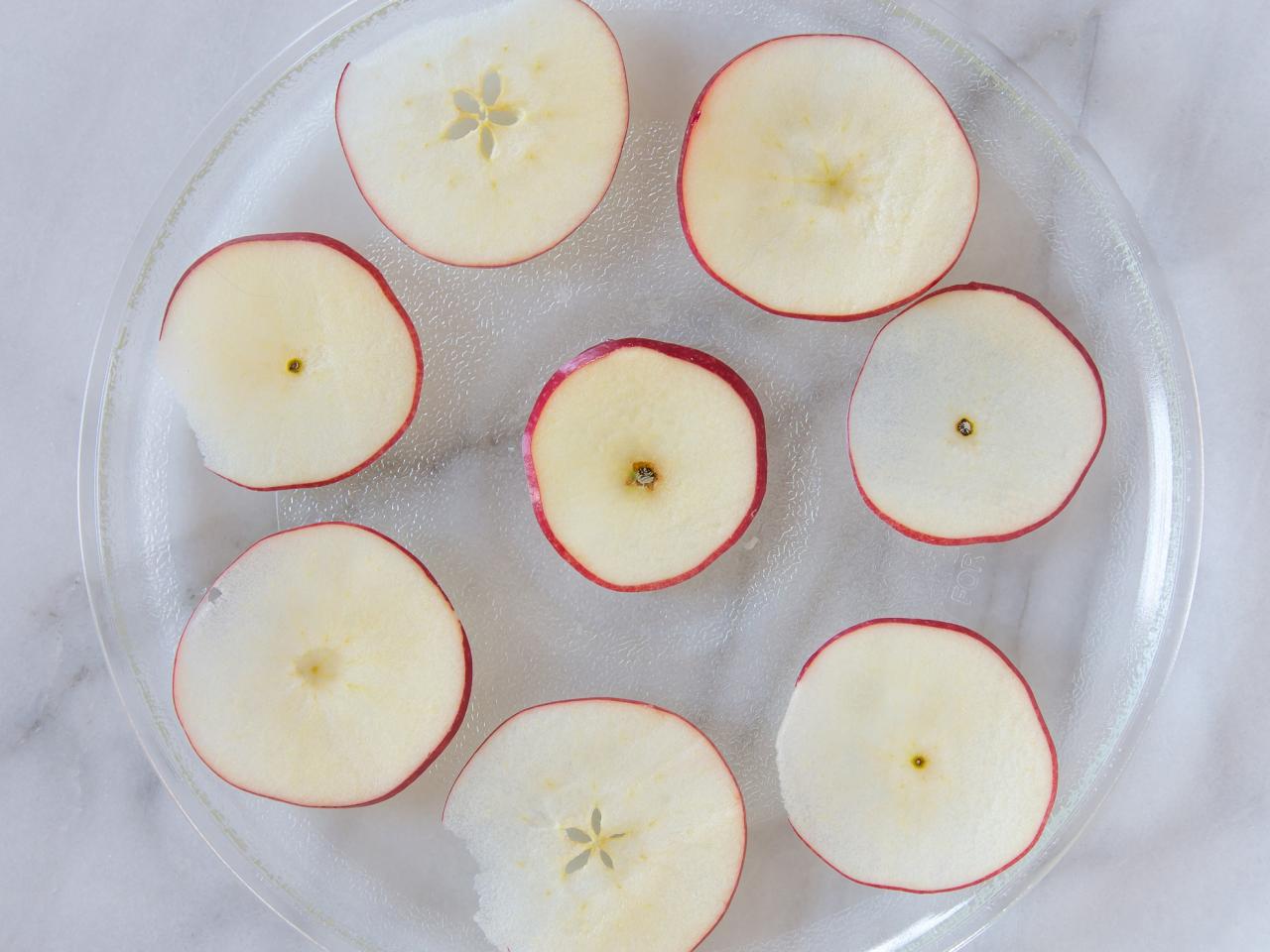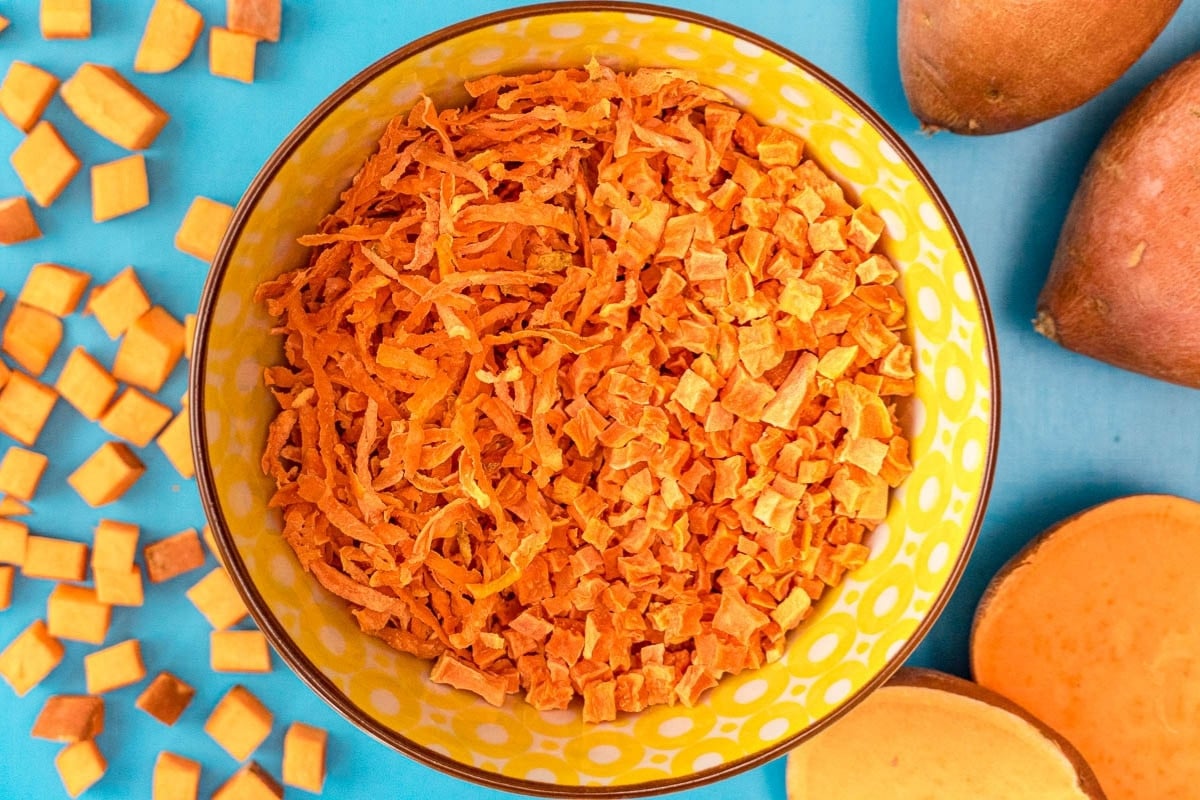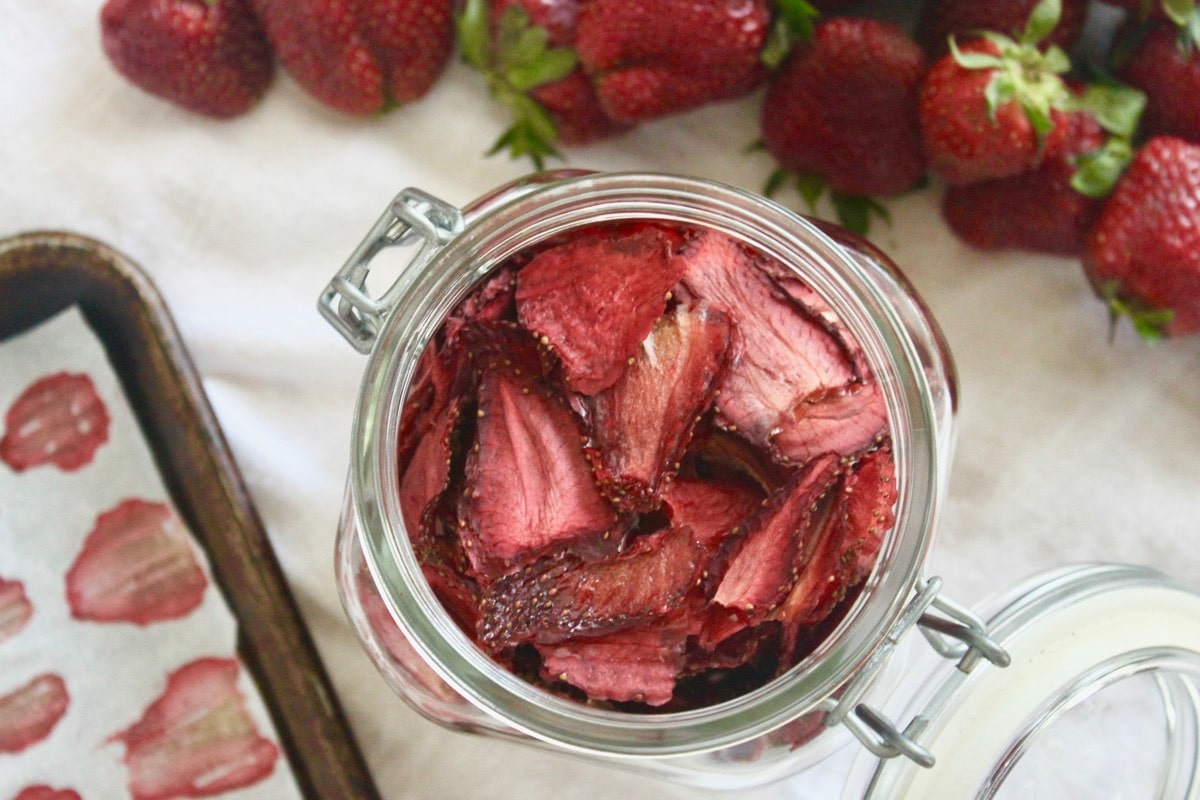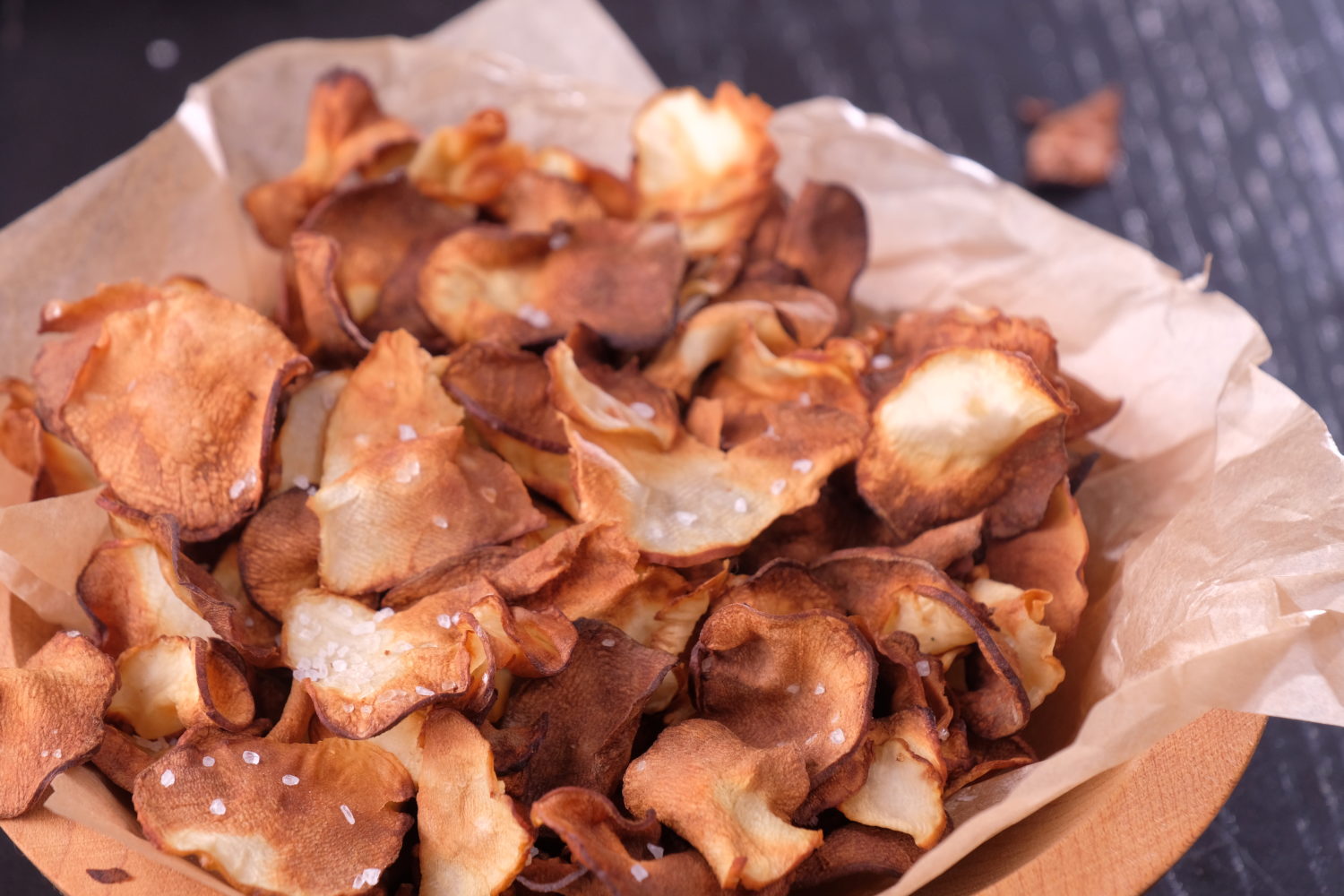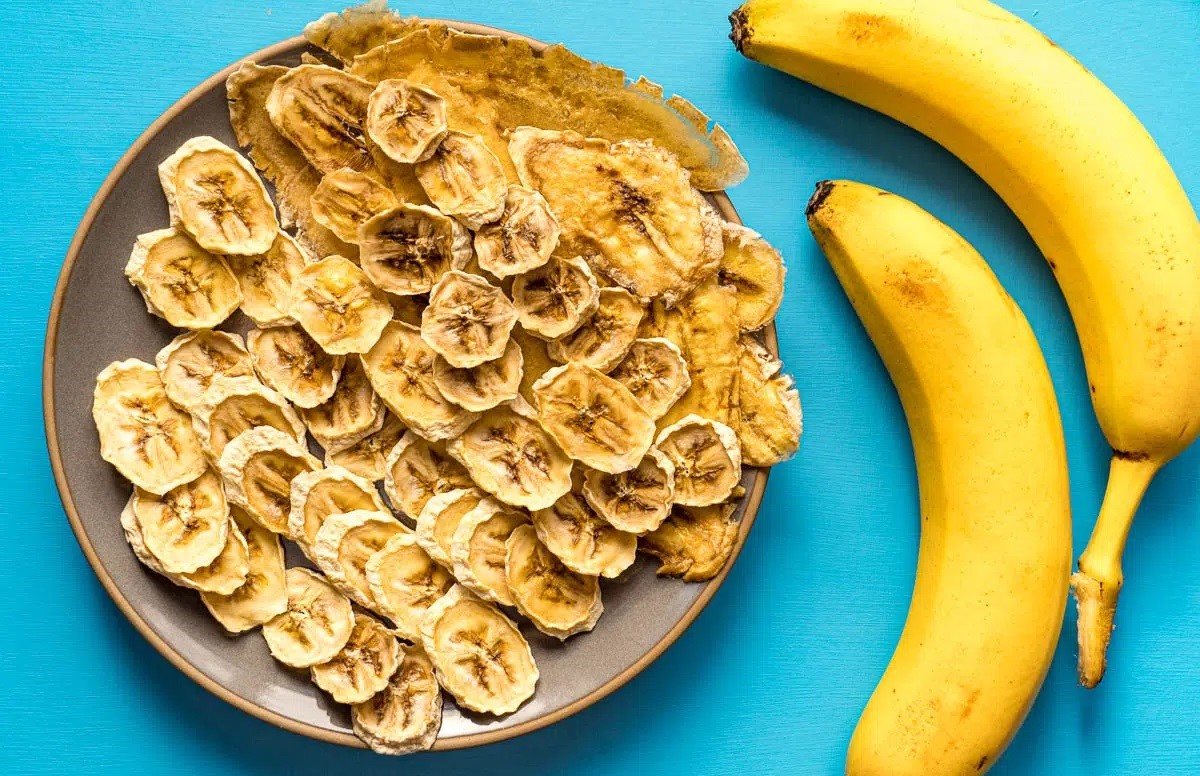Dehydrating Greens: A Simple Guide
Welcome to our guide on dehydrating greens! Dehydrating greens is a great way to preserve their nutrients and extend their shelf life. Whether you have an abundance of fresh greens from your garden or want to take advantage of a sale at the grocery store, dehydrating greens allows you to enjoy them for months to come. In this article, we’ll walk you through the simple steps to dehydrate greens at home.
Choose Your Greens
The first step in dehydrating greens is to choose the type of greens you want to work with. Options include spinach, kale, Swiss chard, collard greens, and more. You can use a single type of green or mix and match for a variety of flavors and nutrients.
Wash and Prepare the Greens
Before dehydrating, it’s important to wash the greens thoroughly to remove any dirt or debris. Once clean, remove any tough stems or ribs from the greens and tear them into smaller, manageable pieces. This will help the greens dehydrate more evenly and quickly.
Dehydrate the Greens
There are a few methods for dehydrating greens, including using a dehydrator or an oven. If using a dehydrator, arrange the prepared greens in a single layer on the dehydrator trays and set the temperature according to the manufacturer’s instructions. Check the greens periodically and rotate the trays for even drying.
If using an oven, preheat it to the lowest setting and place the prepared greens on a baking sheet lined with parchment paper. Keep the oven door slightly ajar to allow moisture to escape. Check the greens regularly and rotate the baking sheets as needed.
Store the Dehydrated Greens
Once the greens are fully dehydrated, allow them to cool to room temperature before storing them. Store the dehydrated greens in airtight containers such as glass jars or vacuum-sealed bags. Be sure to label the containers with the date of dehydration for reference.
Rehydrate and Enjoy
When you’re ready to enjoy your dehydrated greens, simply rehydrate them by soaking in water for a few minutes. Use the rehydrated greens in soups, stews, smoothies, or any recipe that calls for fresh greens. You’ll be amazed at how well the flavors and nutrients are preserved through the dehydration process.
Final Thoughts
Dehydrating greens is a simple and effective way to preserve their nutritional value and extend their shelf life. Whether you’re a seasoned gardener or a thrifty shopper, dehydrating greens allows you to make the most of your greens year-round. Give it a try and discover the convenience and versatility of dehydrated greens in your kitchen!
We hope this guide has been helpful in getting you started with dehydrating greens. Happy dehydrating!
Was this page helpful?
Read Next: How To Dehydrate Quinoa Oven
